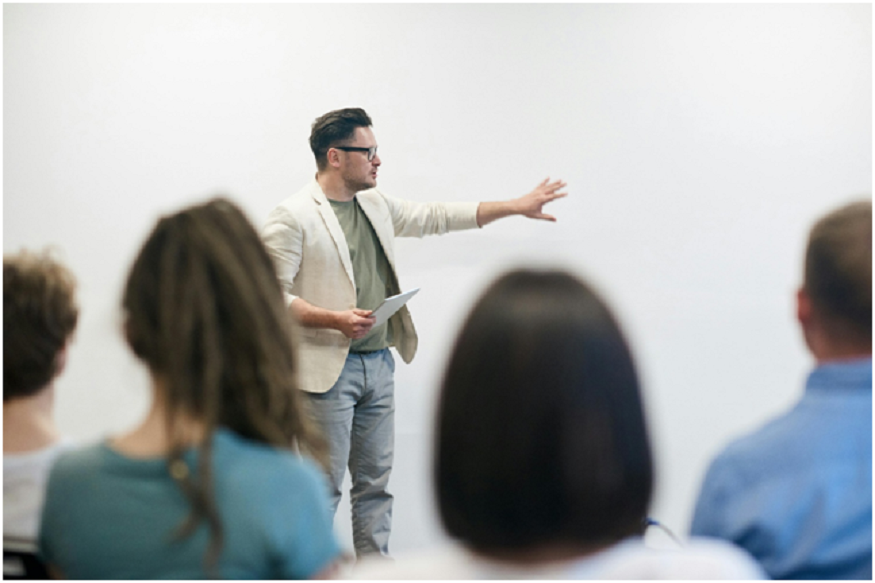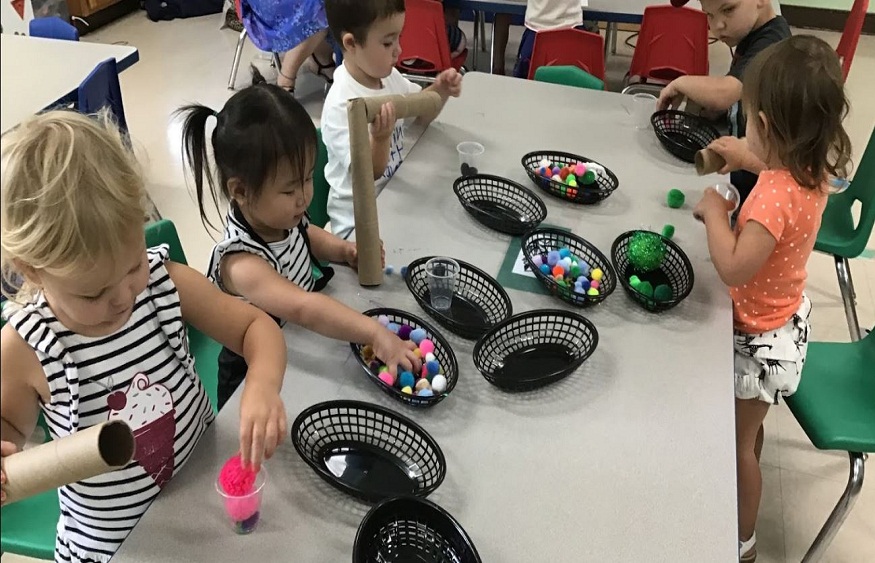Studies show that roughly 70% of teacher training programs fail to create lasting changes. After sessions.
Many teachers return to their classrooms feeling the same as before – uninspired and unsure of how to use what they just learned. The issue might be with thePD facilitatorsyou are selecting! Ask yourself: Are you picking someone who creates genuine change rather than just sharing information? Probably not.
If you are managing a school, leading an education team, or organizing teacher training andhave been struggling to create meaningful Professional Development (PD) sessions this blog is for you. Keep reading on!
Why Most PD Sessions Don’t Work
Institutions spend a lot of money on Professional Development. Yet, most workshops feel like just another box to check. Consider this: teachers spend hours sitting, passively listening, and trying to absorb concepts. But when was the last time you heard a teacher exclaim, ‘That was really useful!’ after attending a PD session?
The reasons include:
. One-size-fits-all approach
General training rarely addresses what individual teachers need for their specific classroom situations and challenges.
. Too much theory, too little practice
Teachers need practical strategies they can use immediately, not just research papers and theoretical concepts.
. No follow-up or engagement
Without ongoing support, even valuable new knowledge quickly disappears.
Research reveals that schools using research-backed PD saw student achievement increase by 25% within just one year!
How a Skilled Facilitator Makes a Difference
Professional PD facilitators do not just talk to teachers- they create interactive learning experiences. They understand that proper training requires active participation, real-life examples, and continuous support. These facilitators create workshops where teachers collaborate, practice new methods, and leave with clear plans they can use in their classrooms.
The 7 Must-Have Qualities to Look for in a PD Facilitator
By now, you are probably wondering how to find the best facilitator. You need someone who connects with teachers, makes complex ideas understandable, and guarantees long-lasting impact.
Look for these essential qualities:
1. Expertise with Proven Impact
A great PD facilitator is not just knowledgeable. They are experienced educators who have faced classroom challenges firsthand. They have successfully exercised proper teaching strategies and can prove it. They should be able to share real success stories with actual results.
So, you should look for facilitators who can demonstrate measurable improvements in the schools they have trained teachers. For instance, if a facilitator helped improve student engagement by 30% in a struggling school district, that is strong evidence they know what works.
A study shows that more than 60% of teachers feel most PD workshops do not address their classroom needs- highlighting why facilitators must tailor their training.
2. A Teaching Style That Keeps Everyone Engaged
Teachers, including those who have completed online degree programs, can easily tell when a session is just a long PowerPoint presentation. The best facilitators create lively, interactive training. They include discussions, real-world scenarios, hands-on activities, and practical problem-solving.
A perfect facilitator does not just talk about active learning. They demonstrate it! They create role-playing exercises, team activities, and reflection opportunities that fully involve teachers in the learning process. If teachers leave feeling energized and eager to try new approaches, you have found the right facilitator.
3. Flexibility and Customization Skills
Every institution has unique challenges. A strong PD facilitator recognizes this and adjusts their training based on your school’s specific needs, teacher challenges, and institutional goals.
If a facilitator arrives with a rigid plan they refuse to modify, they are not the right match. The best facilitators consider teacher needs before the session and adjust their approach accordingly. They might change their examples, focus more on classroom management techniques, or include scenarios relevant to the teachers they are training.
4. Methods Backed by Research and Data
Education practices constantly evolve, and the best PD facilitators stay current with the latest research. They do not rely on outdated approaches. Instead, they use evidence-based methods proven to improve teaching effectiveness.
For example, when discussing assessment strategies, they should refer to case studies showing how these techniques improve student learning outcomes. They should also provide practical tools teachers can use in their classrooms immediately.
5. Clear Communication and Facilitation Abilities
A great PD facilitator must explain complex ideas in simple, actionable steps. They should communicate in ways that feel relatable to the teachers and avoid unnecessary technical terms.
They should also encourage open conversation, inviting teachers to ask questions and share experiences. When a facilitator explains a challenging teaching method simply and engagingly, teachers will most likely use it successfully.
6. Talent for Building Collaboration and Teacher Ownership
Learning happens better in groups. The best facilitators encourage teachers to brainstorm, share experiences, and develop solutions collaboratively.
Facilitators should create structured activities where teachers work on lesson plans, address classroom challenges, or analyze student engagement approaches together. This ensures teachers feel ownership of their learning, making them more likely to apply new strategies.
7. Dedication to Ongoing Support and Learning
Single training sessions rarely create lasting change. The best facilitators provide continued support through coaching, follow-up workshops, resource collections, and discussion groups.
For instance, a skilled facilitator might create an online community where teachers can share their experiences, ask questions, and receive feedback. This ongoing support changes professional development from a one-time event into a continuous learning journey.
In-House vs. External PD Facilitators: Finding the Right Balance
So, what is the ideal approach? A combined model works best:
- Use external facilitators for new initiatives and specialized training.
- Train internal teacher-leaders alongside external experts to build sustainable in-house knowledge.
- Create structured follow-up sessions to ensure learning continues beyond the initial training.
Bottom Line
Empowering teachers starts with selecting the right PD facilitator. Teachers with an Online B.Ed. in Primary Education know how important interactive classrooms and research-backed teaching techniques are. With facilitators who encourage collaboration and long-term growth, you can drive lasting improvements in teaching and student success.




